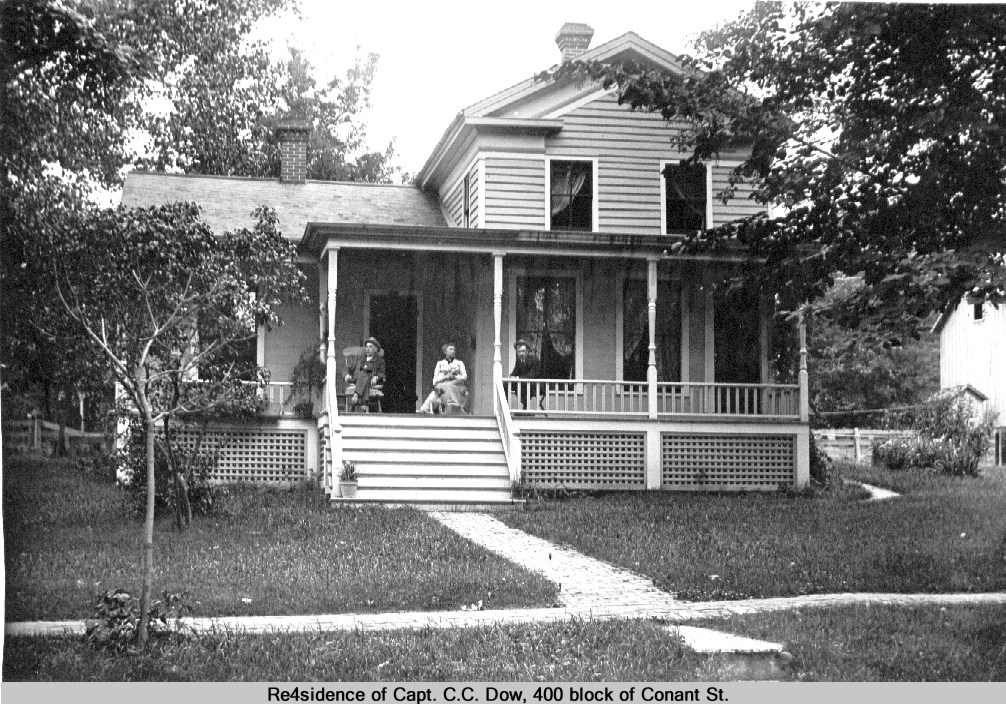

One of the more recent examples of this work is the seventh volume in the series Schriften zur Geschichte der Berliner Museen (Texts on the History of Berlin’s Museums), published in the spring of 2022. We deal with the outcomes of this research in a transparent matter, for example by releasing extensive publications and building online, accessible databanks. In carrying out this research and assessment work, we also incorporate current perspectives from outside the museums: working with partners and institutions from the countries of origin, with civil society in Germany and around the world, and with the scientific and scholarly community. When assessing the origins of archaeological objects today, political, legal and economic circumstances are addressed, along with ethical considerations. This contributes to a deeper understanding not only of the objects, but also of the museums’ acquisition policies and their institutional histories. In carrying out this work, our objective is to identify the paths taken by each archaeological object in our collections, from their discovery to their present position in the museums. Nowadays, the Staatliche Museen zu Berlin views research into the contexts of origin of its archaeological collections and the circumstances under which they were acquired as one of its core duties. Within the Staatliche Museen zu Berlin network, a total of nine museums preserve archaeological objects in their collections, namely the Ägyptisches Museum und Papyrussammlung, the Antikensammlung, the Ethnologisches Museum, the Münzkabinett, the Museum für Asiatische Kunst, the Museum für Byzantinische Kunst, the Museum für Islamische Kunst, the Museum für Vor- und Frühgeschichte, and the Vorderasiatisches Museum.

This position paper serves as a first step in a joint research initiative being launched by the museums.

The paper touches upon key topics such as provenance research, questions of legality, and ethical considerations, as well as sketching out contemporary and future perspectives on their work. These new challenges form the focus of the position paper penned by the relevant collections of the Staatliche Museen zu Berlin. Today, in response to global developments and the diversity of our pluralist societies, museums see themselves faced with new tasks and responsibilities when it comes to their work with archaeological collections. In days gone by, the focus of museum work was on building up the collection of the museum and carrying out fundamental research into the holdings. In a joint, interdisciplinary position paper (PDF, 324 KB), the custodians of these collections have made a commitment to the principle of transparency in dealing with their archaeological holdings, and to critically interrogate the provenance of these artefacts. Over the coming years, these institutions will carry out extensive research into the provenance of their holdings. The archaeological collections of the Staatliche Museen zu Berlin preserve a range of objects whose diversity and volume is unparalleled anywhere in the world. New Approaches to Establishing the Provenance of Archaeological Collections © Staatliche Museen zu Berlin, Antikensammlung / Johannes Laurentius On the bottom floor, you can experience the wide array of life that exists beneath the surface in the museum's large aquariums.Handle attachment from a receptacle depicting a reclining drinker with a cup, from Didyma (Turkey), mid-6th century BC
#DAYS GONE BY MUSEUM FULL#
The city hasn't got a fully fledged shipyard museum but the floors dedicated to maritime history are chock full of ship models, displays, dramatic stories and even a ship stimulator. Gothenburg has one of the biggest ports in the Nordic Region and was for a long time its biggest ship-building city. It is located right next to the Maritime Museum on Stigbergstorget Square and is easily reached by tram. But you can easily find your way by looking out for the Seaman's Wife (Sjömanshustrun) who gazes out towards the ocean from her tower, which you can also go up to the top of. This immeasurably popular museum is located on the outskirts of the city centre. The Maritime Museum & Aquarium (Sjöfartsmuseet Akvariet) offers something for everyone – learn about the port and the history of the American liners or visit the Knattegatt Playground and the wide range of exciting aquariums.


 0 kommentar(er)
0 kommentar(er)
